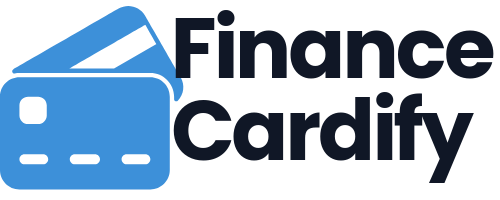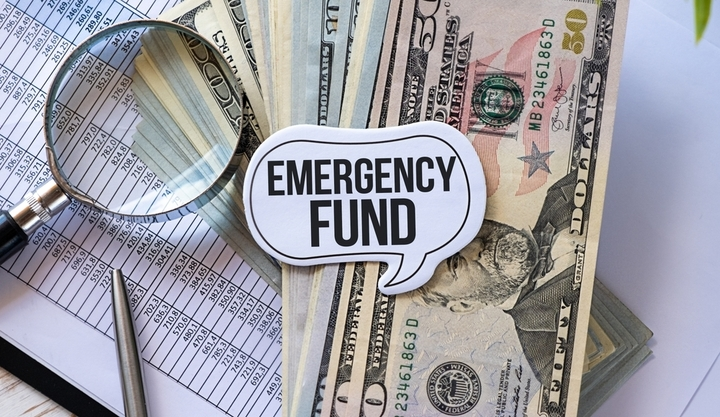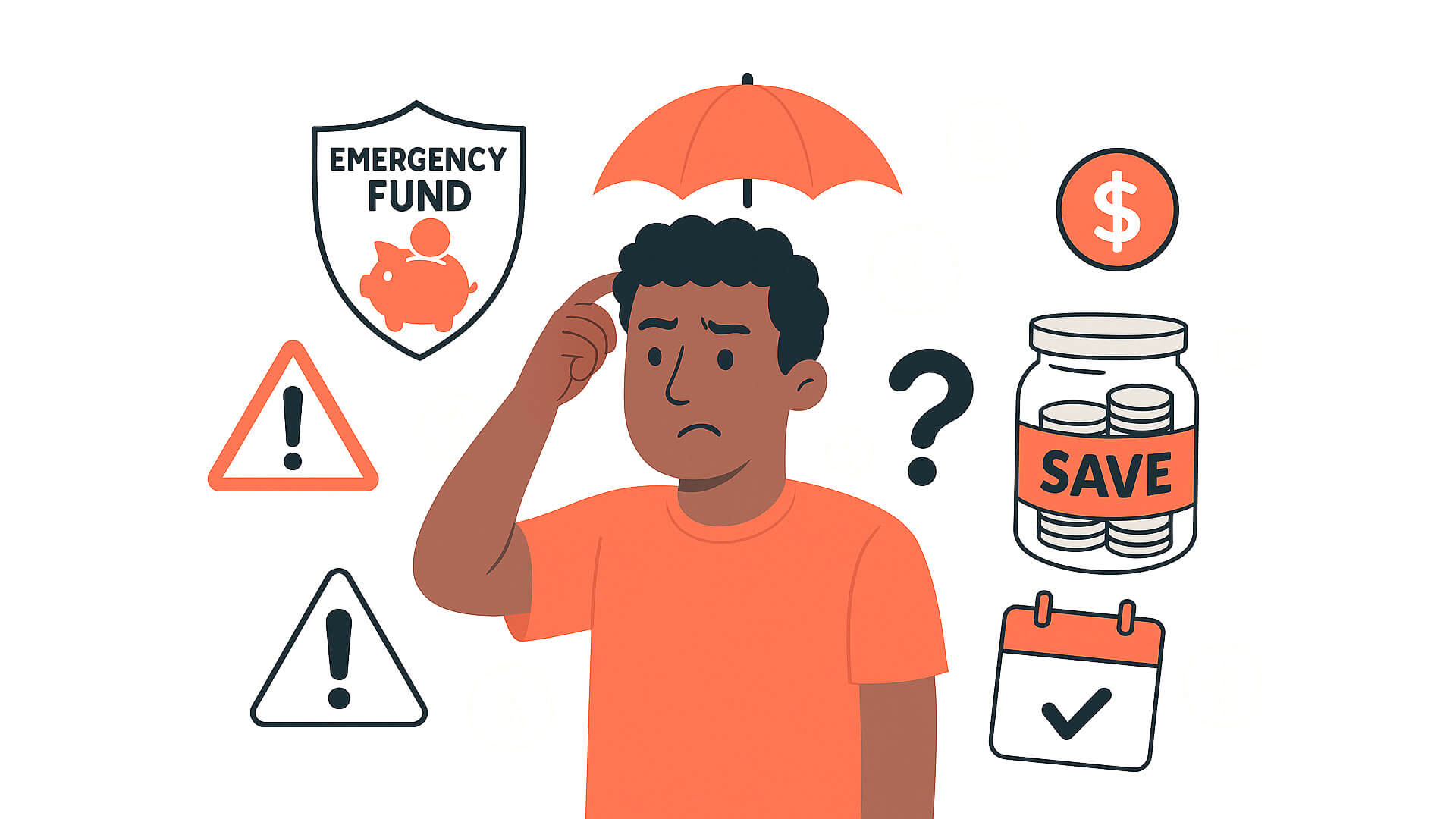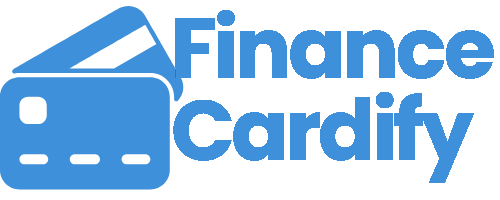Debt. For many, it’s a four-letter word that looms large, creating stress and hindering financial progress. Whether it’s student loans, credit card balances, a mortgage, or an auto loan, carrying debt can feel like running a race with ankle weights. However, by understanding the mechanics of debt and applying smart, aggressive strategies, you can master the debt game, pay off your loans faster, and free up your income for investments, savings, and a life with greater financial liberty.
This comprehensive guide will walk you through the essential steps, from foundational budgeting to advanced payoff techniques, ensuring you have a personalized, effective plan to conquer your obligations and secure your financial future.
I. The Foundation: Assessing and Preparing for War
You cannot defeat an enemy you don’t fully understand. The first and most critical step in mastering the debt game is a rigorous assessment of your current financial situation.
1. Inventory Your Debts
Create a master list of all your loans and revolving debts. For each, note down the following key metrics:
- Creditor/Lender: Who do you owe money to?
- Total Balance: The remaining principal amount.
- Interest Rate (APR): This is arguably the most crucial number, as it determines the true cost of the debt over time.
- Minimum Monthly Payment: The baseline amount you must pay.
- Due Date: To ensure you never miss a payment.
This list gives you a clear, often sobering, picture of your debt landscape. Don’t shy away from the total; knowledge is power.
2. Build Your Budgeting Command Center
A solid budget is the engine that fuels rapid debt repayment. You need to create “margin”—extra money that can be directed toward your loans beyond the minimum payments.
- Track Everything: For one month, meticulously record every dollar that comes in and goes out. Many free apps and spreadsheets can simplify this process.
- Differentiate Needs vs. Wants: Categorize expenses into mandatory (rent, food, minimum debt payments) and discretionary (eating out, subscriptions, entertainment).
- Cut the Excess: Aggressively look for non-essential expenses to eliminate or reduce. Even small cuts, like cancelling an unused subscription or reducing a daily coffee habit, can free up significant monthly cash flow.
- The Debt Repayment Budget: The goal is to maximize the “extra” money you can allocate toward your principal each month.
3. Establish an Emergency Fund (Your Shield)
Before attacking debt aggressively, set aside a small emergency fund, ideally $1,000 to $2,000, in an easily accessible savings account. This fund acts as a shield, preventing you from incurring new high-interest debt (like credit card use) when unexpected expenses—like a car repair or medical bill—arise.
II. Advanced Payoff Strategies: The Attack Plan
Once your budget is tight and your emergency shield is in place, it’s time to choose a hyper-focused strategy to pay off your loans faster. The minimum payment trap keeps you paying interest for decades; a dedicated strategy allows you to shorten the lifespan of your loans dramatically.
A. The Debt Avalanche Method (The Mathematically Superior Choice)
The Avalanche method prioritizes math over emotion, saving you the most money in interest charges over time.
- List and Order: Arrange all your debts from the highest interest rate (APR) to the lowest. Ignore the balance size for now.
- Minimum Payments: Pay the minimum required amount on all your debts.
- Target the Top: Direct every single extra dollar you freed up in your budget toward the debt at the top of the list (the one with the highest interest rate).
- Roll Over: Once the highest-rate debt is paid off, take the entire amount you were paying toward it (the old minimum payment plus the extra amount) and roll it into the next debt on the list.
- Repeat: Continue this “avalanche” effect until all your debts are gone.
Why it works: Because you are constantly tackling the debt that costs you the most money every day, you minimize the total interest paid, achieving the fastest path to debt freedom from a purely financial perspective.
B. The Debt Snowball Method (The Psychological Boost)
The Snowball method, popularized by financial experts, prioritizes motivation and behavioral change.
- List and Order: Arrange all your debts from the smallest total balance to the largest. Ignore the interest rate for now.
- Minimum Payments: Pay the minimum required amount on all your debts.
- Target the Smallest: Direct every extra dollar you can find toward the debt with the smallest balance.
- Roll Over: When the smallest debt is paid off, take the entire amount you were paying toward it and apply it to the next-smallest debt.
- Repeat: The payments “snowball,” growing larger as each debt is wiped out.
Why it works: This method is designed for those who need quick wins and motivation. Eliminating a debt, no matter how small, provides a powerful psychological boost, increasing the likelihood that you will stick with your long-term plan.
Choosing Your Method: The Avalanche saves you the most money. The Snowball keeps you the most motivated. Choose the one you are most likely to stick with.
III. Accelerated Payments: Turbocharging Your Payoff
Beyond your primary strategy, these tactical moves can shave months—or even years—off your loan terms.
- The Extra Payment Rule: Always pay more than the minimum. Even an extra $50 per month can significantly reduce the overall interest and loan term. When making extra payments on installment loans (like a mortgage or auto loan), always specify that the extra amount goes toward the principal balance, not simply counting as a credit toward your next payment.
- Bi-Weekly Payments: For loans like a mortgage, switch from 12 monthly payments to 26 half-payments annually. This results in one full extra payment being made each year (26 half-payments = 13 full payments), substantially shortening the loan term.
- Windfall Warriors: Allocate unexpected funds—tax refunds, work bonuses, inheritance, or cash gifts—directly to your targeted debt. These windfalls can act as major accelerants, knocking out entire chunks of principal.
IV. Strategic Maneuvers: Reducing Your Cost of Debt
Sometimes, the fastest path to repayment is to lower the debt’s interest rate.
- Debt Consolidation: For high-interest, unsecured debt (like credit cards), consider consolidating them into a single, lower-interest personal loan. This simplifies payments and reduces the interest you pay overall, freeing up more money for the principal.
- Balance Transfers: Utilize a credit card offering a 0% introductory APR balance transfer offer. Transfer your high-interest balances, but be sure to calculate the one-time transfer fee and have an aggressive plan to pay off the balance before the introductory period expires and the high standard rate kicks in.
- Refinancing: For secured installment loans (like student or auto loans), investigate refinancing with a new lender to secure a lower interest rate. A lower rate means more of your monthly payment goes toward the principal.
Conclusion: The Road to Financial Freedom
Mastering the debt game is not a sprint; it’s a marathon that requires discipline, a precise plan, and a refusal to settle for the status quo of minimum payments. By conducting a thorough debt inventory, establishing a tight budget that creates “margin,” and applying either the Debt Avalanche or Snowball method with discipline and consistency, you transition from being a passive borrower to an active, strategic debt master.
The freedom and financial power you gain from eliminating debt will fundamentally reshape your future, allowing you to build wealth and live life on your own terms. Start today: list your debts, pick your strategy, and commit to the process. Your financially free future is waiting.





